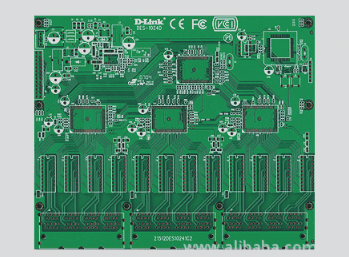Key Trends Shaping the Future of PCBA Industry in 2024
Looking forward to 2024, the global Printed Circuit Board Assembly (PCBA) industry is poised for significant growth and transformation. This vital sector, crucial for the production of electronic devices, is being influenced by various dynamic trends, technological advancements, and evolving market needs. Let’s delve into the key factors impacting the PCBA landscape in 2024 and the opportunities and challenges it presents.
Increasing Demand for PCBA
- The rise in electronic devices across diverse sectors is driving the demand for PCBA.
- From smartphones and tablets to electric vehicles (EVs) and advanced driver-assistance systems (ADAS), reliable and high-performance PCBAs are essential.
- The growth of the Internet of Things (IoT) and smart home technologies is further fueling the need for sophisticated assembly solutions.
Technological Trends
The PCBA industry is witnessing significant growth due to technological advancements in various sectors:
- Automation and Smart Manufacturing: Integration of automation enhances efficiency and precision, reducing errors and increasing throughput. Industry 4.0 principles like real-time data analytics and IoT streamline operations.
- High-Density Interconnect (HDI) Technology: HDI PCBs enable compact designs and enhanced performance, ideal for modern applications like smartphones and wearables.
- Flexible and Rigid-Flex PCBs: These boards offer design flexibility and can be molded into diverse form factors, catering to sectors like wearables, medical technology, and aerospace applications.
Regional Insights
Regional markets play a crucial role in the PCBA industry:
- Asia-Pacific: Dominant market driven by countries like China, Japan, and India. China is a key manufacturing hub, while India is emerging as a competitive force in the global market.
- North America: Emphasis on innovation and quality drives demand for advanced PCBs in industries like automotive and telecommunications. Reshoring trends offer new opportunities for North American PCB manufacturers.
As we move into 2024, the PCBA industry must adapt to evolving demands, leverage new technologies, and ensure competitiveness to meet the increasing need for efficiency and reliability in electronic assemblies.
PCBA Industry Trends in 2024
- Europe: Sustainability is a key focus in PCBA production in Europe. Manufacturers are adopting eco-friendly practices, using recyclable materials, and reducing waste to comply with strict environmental regulations. This reflects the global shift towards greener manufacturing processes.
Key Points:
- Technological advancements, regional dynamics, and sustainability are shaping the future of the PCBA industry.
- Automation, HDI technology, and flexible PCB designs are driving innovation.
- Asia-Pacific leads in global manufacturing, North America focuses on high-performance applications, and Europe emphasizes sustainability.
As the industry evolves, manufacturers must stay agile, embrace new technologies, and meet regional demands to remain competitive.

Challenges Ahead:
- Supply Chain Disruptions: Global supply chains are vulnerable to disruptions, necessitating resilient strategies like diversifying suppliers and increasing inventory buffers.
- Cost Pressures: Rising costs require cost-effective practices, streamlined processes, and investments in automation for long-term savings.
- Rapid Technological Change: Continuous R&D investment is crucial to keep pace with industry standards and customer expectations.
- Sustainability Demands: Environmental concerns drive the need for sustainable practices to meet regulatory requirements and consumer expectations.
Summary:
2024 presents opportunities for the PCBA industry amidst challenges. Embracing automation, advanced technologies, and sustainability can drive long-term success. Staying innovative, flexible, and trend-aware is crucial in navigating the global PCBA market.





